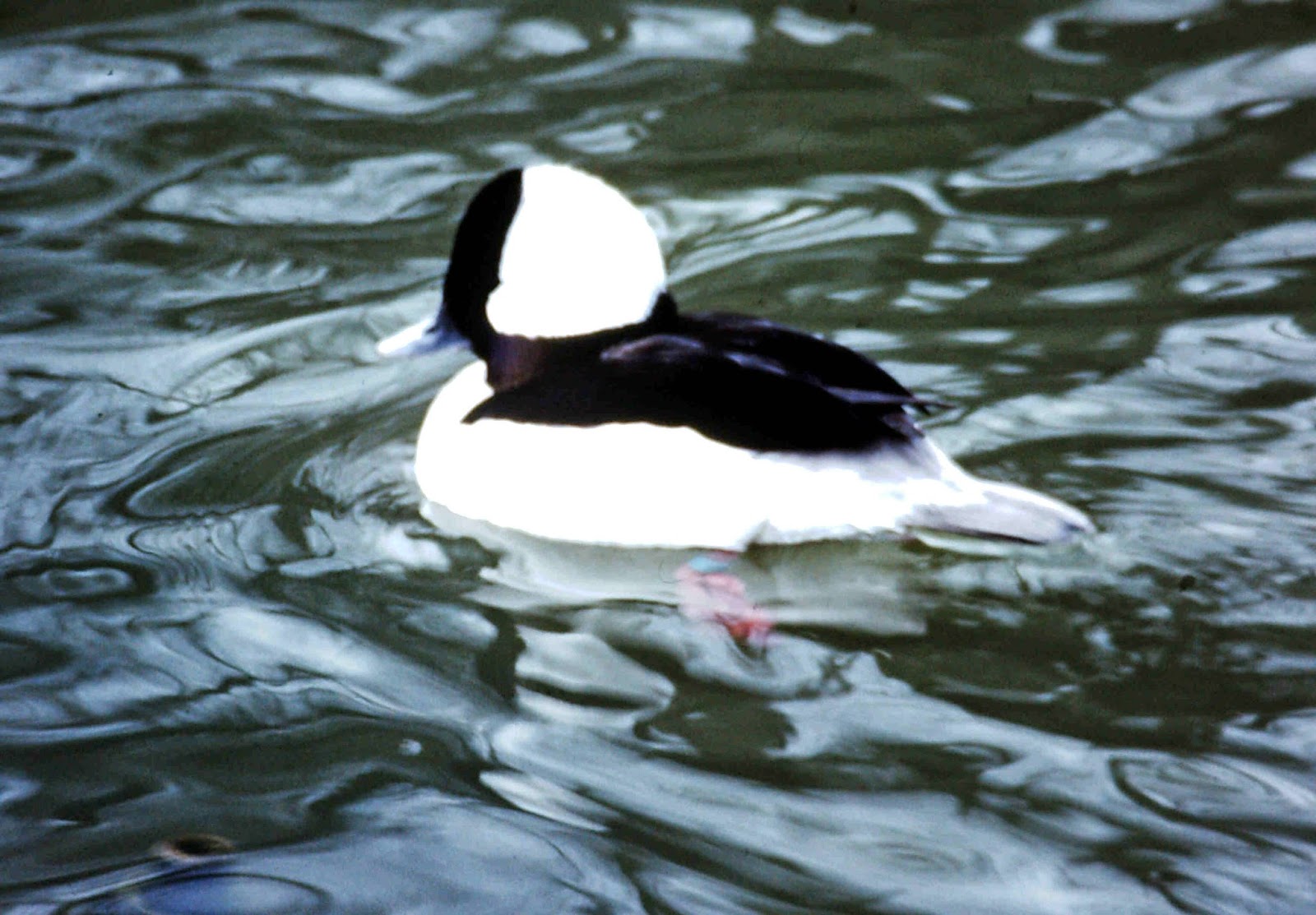By Beth Sullivan
Really what a joy it is to be able
to finally see the changes happening. We all waited so long! As
winter seems to have truly lost its strangle hold on everything, we
can now begin to stretch a bit, get out and look around and checklist
our “firsts” again.
We noted the first osprey a few
weeks back, and by now most of the platforms have been staked out,
claimed and the birds paired up. There is a lot of wheeling and
screaming happening, and sometimes drama as the birds seem to be
jockeying for position or partners. Avalonia properties offer many
opportunities to observe osprey behavior. You can station yourself
safely off the road on Mystic’s River Road by the Downes Marsh.
The pair on Paffard Marsh on Rt 1 in Stonington is easily viewed from
an adjacent parking area if there are no events at the venue. My
favorite place to spy on the osprey is from the trail on Knox
Preserve. You can either sit high on the rocky knoll and be almost
at nest level, or be closer, almost under the nest, on the lower
trail. It is mesmerizing.
 |
| Osprey are now paired at their chosen nest sites. |
It is also time to welcome other new
arrivals. While a few individuals of a species, such as Catbird or
Mockingbird, may have hunkered down for the winter here, most are
beginning to arrive from their winter homes and make themselves known
with their recognizable calls as they take up residence in tangles of
shrubs. A Catbird can be quite noisy under an open window at dawn’s
first light!
 |
| Some Catbirds remain all winter, but most are returning from southern climates. |
 |
| Mockingbirds may sing at night as they take up residence in a favorite shrub. |
People often say “the Goldfinches
are back” but in reality they have been here all along, in subtle
dull plumage suitable for winter. It is only now that the males are
molting their drab colors and showing up fresh and bright yellow with
black cap and wings. He looks all -together different, but has been
at our feeders, moving about the area, throughout the winter.
Dandelions, Forsythia, Daffodils and Goldfinches, all herald spring
with yellow.
 |
| The male Goldfinch now displays spring yellow! |
We will start to miss our Juncos,
one day here and the next they are quietly gone. White Throated
Sparrows remain until well into May and in the morning and evening
can be heard whistling their full spring songs.
 |
| Juncos will remain as close as northern New England for nesting season. |
 |
| White-Throated Sparrows will stay here until May. |
They too seem
to slip away while we are paying attention to all the new arrivals of
Warblers and others that will stream in during the next weeks.
 |
| Yellow Warblers will be arriving on warm spring breezes. |
You may also one day notice that
there are fewer ducks: no Buffleheads and Hooded Mergansers on our
coves. Some of our winter ducks fly to the far North and Northwest
to arctic breeding grounds. Instead we can be entertained by the
antics of male Mallards strutting and showing off glossy green heads,
as they try to out-do one another to entice the females. Soon they
will be nesting.
 |
| Buffleheads are returning to their far northern breeding grounds. |
 |
| Hooded Mergansers have left already. |
 |
| Male Mallards will be competing for their mates. |
Such an active time now: take time
to observe. Find a spot and watch spring stream in, right before our
eyes, on the wings of the birds.
Photographs by Rick Newton and Beth
Sullivan.

No comments:
New comments are not allowed.